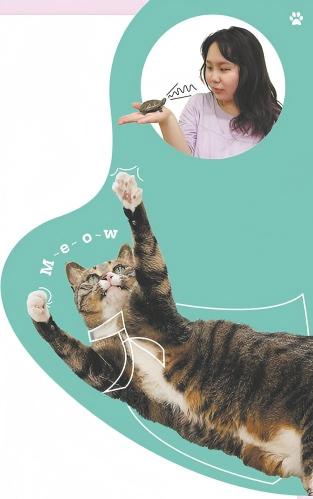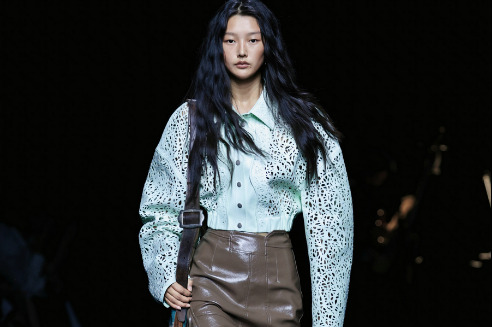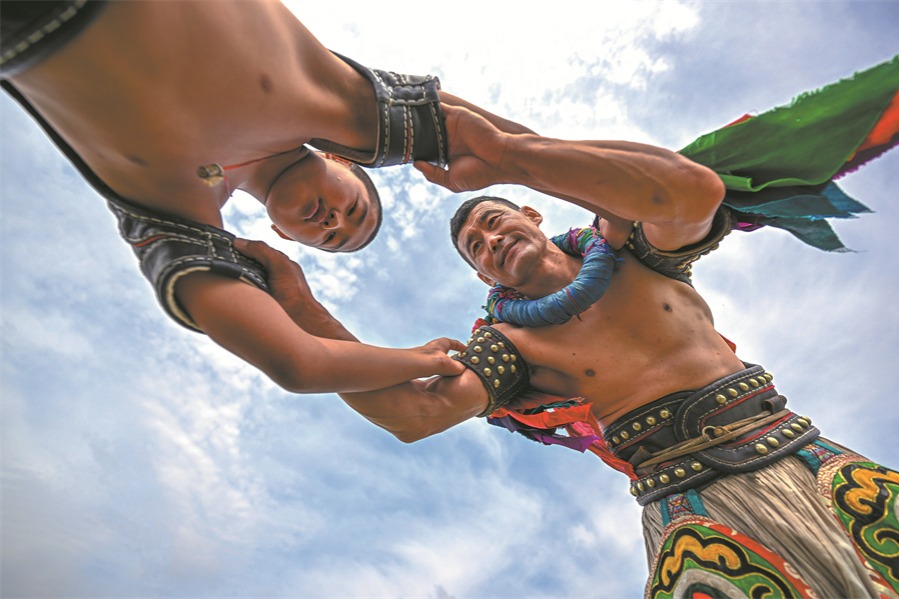When therapy comes with fur
From counseling centers to college campuses, therapy animals are playing a growing role in mental health care across China.


Paw's power
Since arriving in March, Fangbiandai has "consulted" with more than 500 patients.
Feng Jie, a 28-year-old therapist who works closely with Fangbiandai, explained that their sessions typically follow two main approaches. With first-time patients, Fangbiandai takes the lead — his presence helps children feel calm and safe — while Feng offers guidance and support throughout the interaction.
With regular patients, Feng leads the sessions, while the cat provides comfort through physical contact, facial expressions, or eye contact. This is especially helpful for children who have difficulty expressing themselves.
"Children are usually less worried about being judged when they're around animals. That pure connection allows them to relax and be themselves," Feng said. "Many children feel at ease the moment they see Fangbiandai — something that might take hours in traditional therapy."
The way children interact with Fangbiandai can also offer valuable insights into their behavioral patterns. For example, some children chase after him when he walks away, which Feng sees as a possible sign of needing to control emotional closeness.




































